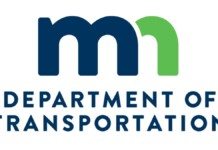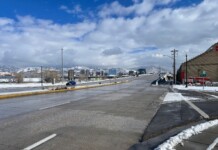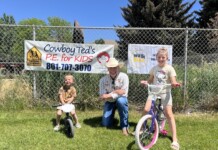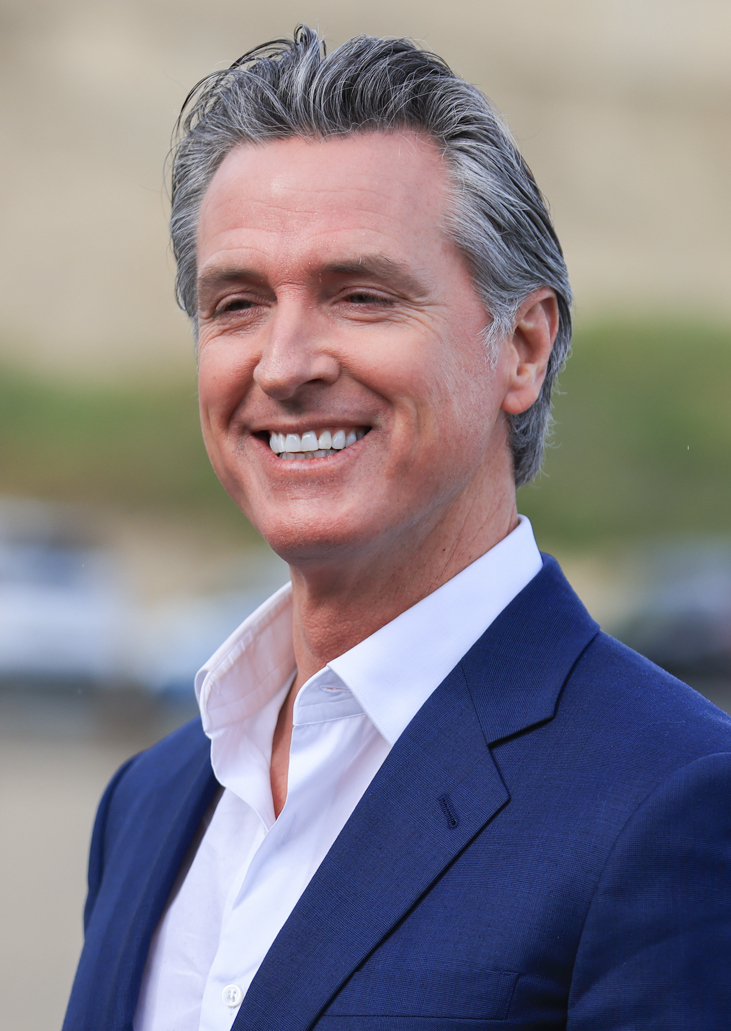By Charles Pekow — Are American campaigns for better bicycling considering the needs of all potential riders? It looks like they’re not. A recent survey of state and local bicycle advocacy groups suggests that advocacy groups dominated by commuter, recreational, and even professional cyclists may not be considering the needs of large groups of people who can and would ride if given the right circumstances.
Academics from Pennsylvania State University published results of a survey in the June issue of the Journal of Transport & Health. In “Bicycle Advocacy Organizations and Coalitions’ Capacity for Equitable Programming: Findings from a National Survey,” authors fault bicycle advocates for not considering the needs of non-mainstream people of all sorts, or people who don’t look like or share the capabilities of the lobbyists themselves (https://www.sciencedirect.com/science/article/abs/pii/S2214140522000391#!)
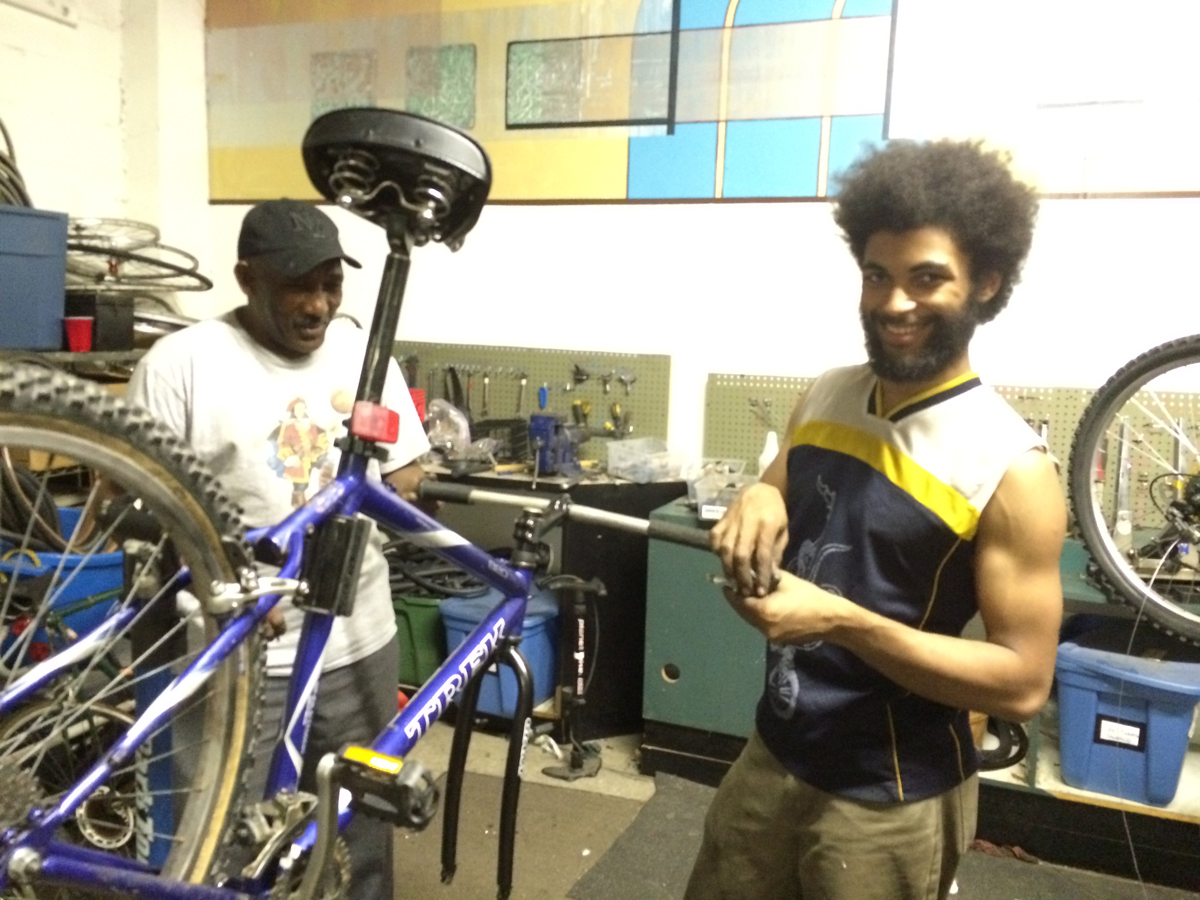
The researchers surveyed state and local bicycle affiliate groups of the League of American Bicyclists (LAB). It got 71 usable responses in 35 states about how they try to work with or help out different racial/ethnic minorities, women, low-income communities, youth, LGBTQ+ people, etc.
“On average, participants stated a lack of programming in underserved populations compared to the general population, and also stated many barriers/desired tools for reaching underserved populations. On average, coalitions also ranked the importance of equity low, and ranked ‘providing equitable opportunities’ as a low priority,” the researchers found, suggesting “bicycle coalitions should attempt to implement strategies to provide equitable programming.’
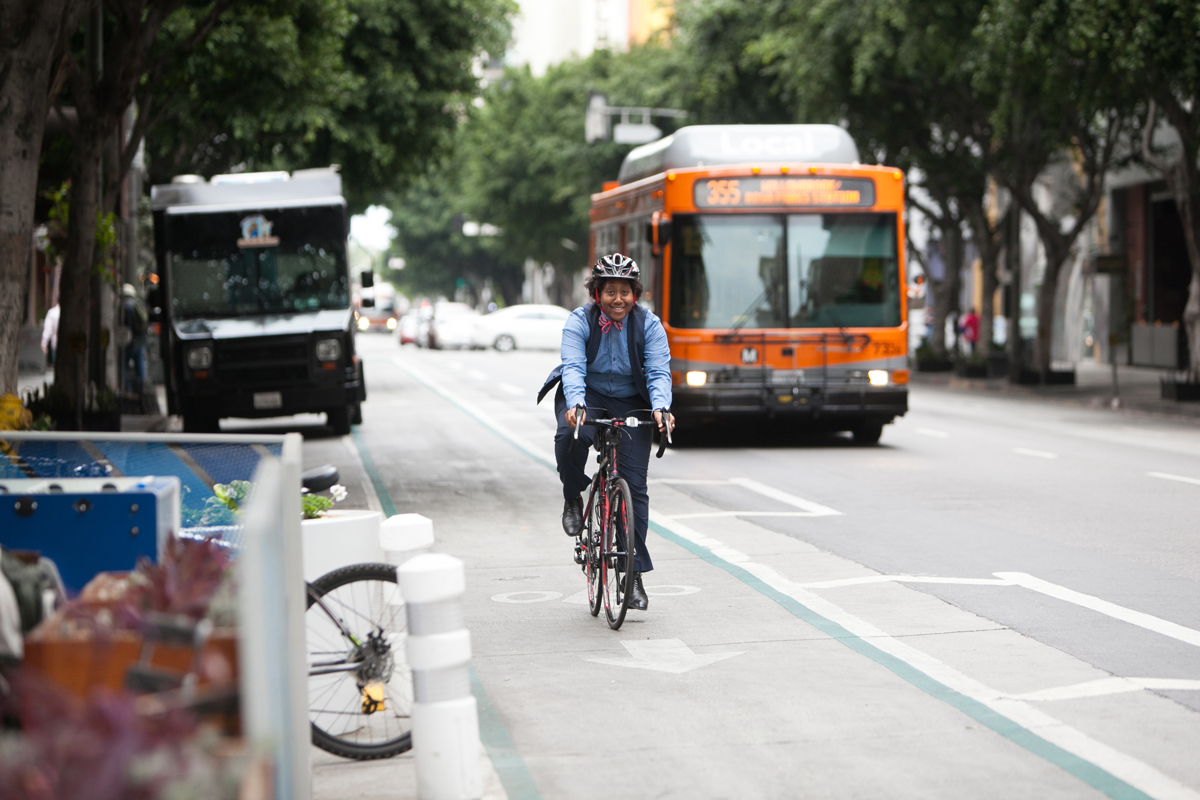
Big barriers include seeing cycling as male-driven, along with a lack of access to facilities in low-income areas. One can only speculate as to whether the self-selective groups who completed the survey are more concerned than the ones who didn’t respond. Respondents also self-reported with no checks in place to ensure accuracy.
The report continues “coalitions ranked bicycle safety/education as their top priority, followed by encouragement for biking. Addressing concerns for underserved populations, and socially connecting bikers were the last priorities … [advocates] indicated that the biggest barrier to reaching underserved populations was a lack of financial resources, followed by a lack of personnel.”
The study suggests a need to focus on equity as a goal in itself, rather than simply incorporating it into other priorities. Its ideas ranged from classes in other languages, staffing diversity, and bike maintenance programs for LGBTQ+.
The study’s authors note that the small sample size did not consider the demographics of the advocates, which may not be representative of the USA as a whole. They also note that they didn’t consider the needs of people with physical challenges who may lack adequate equipment or support to ride.
One statewide group that has been pedaling far ahead on the trail of these issues, however, is Bicycle Colorado, which started a RIDE (short for Respect, Inclusion, Diversity and Equity) initiative in 2018 (https://www.bicyclecolorado.org/ride-building-equity-in-bicycling/)
Its website says, “members of our RIDE Advisory Board have gathered bimonthly with Bicycle Colorado to share their experience, expertise and ideas – as well as perspectives we don’t currently have on our staff.” Advisory Board members have also alerted Bicycle Colorado to issues such as discriminatory enforcement of laws, explains Aishwarya Krishnamoorthy, director of marketing and communications. The death of George Floyd in May 2020 “was a real catalyst in terms of our work,” Krishnamoorthy says. “We did a ride for racial justice.”
Bicycle Colorado also provides info on adaptive equipment such as three- and four-wheelers, recumbents, electric bikes, etc. (http://bicyclecolorado.org/adaptive/) “It’s hard to keep up with people riding regular bikes (but) having group activities dedicated for people who use adaptive equipment or older adults” can work, Krishnamoorthy adds.
“We used to have a full-time teammate who spoke Spanish” and Bicycle Colorado shows up at Cinco de Mayo festivals, she notes.
Sometimes the minority party just needs to reach out. “The Wind River Indian Reservation asked us to help write and put together an active transportation plan for communities on their reservation both for transportation and recreation. We’re well on our way to helping with that plan,” says Michael Kusiek, executive director of Wyoming Pathways, that state’s bicycle advocacy organization. Shoshone and Northern Arapaho lands encompass more than 2.2 million acres in the center of the state.
The Rail-to-Trail Conservancy’s (RTC) current major project, the Great American Rail Trail cross-continent bike route, “will go through quite a bit of Native American territory. We are trying to figure out the most sensitive and thoughtful process to deal with those communities. The Wind River Indian Reservation has the highest pedestrian fatality rate of any place in the country. One of the most amazing things we ever could do would be to design this trail to help be a solution to that problem,” says Kevin Mills, RTC vice president for policy. “You need to keep learning and you need to approach (inclusion and equity) with humility,” Mills continues.
RTC (of which I am a member) started out with the goal of turning abandoned railroad lines into multi-use trails. Then it learned “it wasn’t enough just meeting demand. We had to make sure the trails served everybody.”
Mills also blamed grant competitions and some transportation officials for not considering the needs of low-income communities when they structure grant applications and seek public input. Even the poorest communities will have to find a non-federal match for grants under the Infrastructure Investment and Jobs Act, for instance. RTC failed to convince Congress to allow waivers.
The Adventure Cycling Association also realizes it is coming late to the game. “We acknowledge that systemic racism and sexism impact the ability of BIPOC and LGBTQ+ people to travel by bicycle safely,” it says on its website (https://www.adventurecycling.org/about/diversity-and-justice/). “As an organization, we have a lot of work to do to support, empower, and create safe spaces for underrepresented communities.”
As such, the non-profit bike-travel promoter started some programs trying to meet the needs of various gender groups. It reached out to cycling groups that serve their needs, Project Manager Carmen Aiken relates. “We have worked with some (local chapters) to fund beginners’ adventures (short trips). We offer scholarships and stipends to help with marginalized communities to go on trips, she says. “What we think of as accessible or inclusive often is not … It is still a work in progress.”
Local bike groups can reach out to “groups in your area doing the work of trying to make the cycling communities more inclusive” and collaborate with them on rides and other events, suggests Molly Sugar, a founder of Radical Adventure Riders, a five-year-old organization with chapters around the country devoted to “gender inclusivity and racial equity in cycling and the outdoors” (http://radicaladventureriders.com). “Just having the conversation to meet the needs of specific groups is important. There’s no one-size-fits-all solution.” It could mean offering pre-registration or discounts if you want to meet a certain quota, she suggests. “You can ask the people you are trying to reach to lead the rides.”
She also suggests including pictures of members of different demographic groups and using different languages on your website.
Bike Utah started a Level Pedals program this year to try to diversify the biking community. It first had to examine what was – and wasn’t – out there.
“On the west side of Salt Lake City, there aren’t many bicycle shops,” notes Program Director Vince Lok. Lok arranged a community bicycle repair day with mechanics volunteering to fix bikes. He also found a lack of bicycle safety education amongst members of disadvantaged communities. “How do we teach folks? Is it a convenient time, the right language? Just because we build a bike lane doesn’t mean people are going to ride on it.”
Giving bikes to people won’t help much if they lack access to repairs or know how to care for the vehicles. “A lot of the time, we get folks who received bikes, but they didn’t come with helmets, locks or lights.”
Lok said he also had to learn about the cultures of different communities. The Utah Governor’s Office of Economic Opportunity gave Bike Utah $75,000 to conduct a needs assessment, so Lok spends time talking and riding with people, including those associated with two organizations that support refugees and their families, as well as from Wasatch Adaptive Sports, a non-profit organizing and supporting recreational activities, including mountain biking events, for those with adaptive needs.
It’s not just in America that the cycling community realizes it has to reach out to others. Riders in Great Britain recently saw the need and founded Diversity in Cycling, describing itself as “a collaborative grass roots project” that asked one question: “Why, even in a multiracial and cosmopolitan city such as London, are the cycling clubs and broader cycling community so white?” The answer: many Black and Asian people were riding but weren’t targeted in marketing efforts. Diversity in Cycling put out a report with recommendations for bike groups, which include scheduling different types of events than usual, and promoting diversity and inclusivity in membership through photos. (https://www.diversityincycling.com/wp-content/uploads/2020/12/Diversity-In-Cycling.pdf)
A few other recent studies shed light on actions needed to further inclusion:
- The National Association of City Transportation Officials released a paper saying that many bicycle safety laws do little to advance safety, while disproportionately penalizing Black, Latino, poor and homeless people. “Breaking the Cycle: Reevaluating the Laws that Prevent Safe and Inclusive Biking” argues that rules such as banning sidewalk biking “are too often enforced unevenly.” People typically ride on sidewalks because of a lack of safe cycling infrastructure, and a lack of knowledge of safe cycling best practices. The paper indicates the “overabundance of unsafe infrastructure in disinvested communities has resulted in Black and Indigenous pedestrians and bicyclists constituting a disproportionate number of fatalities each year …” (https://nacto.org/wp-content/uploads/2022/08/Bikeway-Design-Enforcement-Paper.pdf)
- A study at the University of Oregon and Greenlining Institute called on bike share operators to increase their efforts to make bikes available in underserved areas, to people with physical challenges, and to those with limited incomes. Most bikeshare programs are making some efforts, such as “reduced fares, multilingual services, cash payment compatibility, non-smartphone access, adaptive vehicles for users with disabilities, mandated geographic service areas, and targeted marketing and outreach.” However, by and large programs don’t know how well their efforts are working, or in some cases even how to establish goals. (https://pdxscholar.library.pdx.edu/cgi/viewcontent.cgi?article=1242&context=trec_reports)
Some equity guides that may be of use:
- https://www.railstotrails.org/about/equity/
- https://radicaladventureriders.bigcartel.com/product/group-guide
- https://www.streetlightdata.com/transportation-social-equity-solutions/
Note: We wanted to discuss the issue with LAB and how it is trying to diversify the bicycling community. We left repeated messages for multiple staff members, but no one acknowledged our emails or phone queries made over several months.

